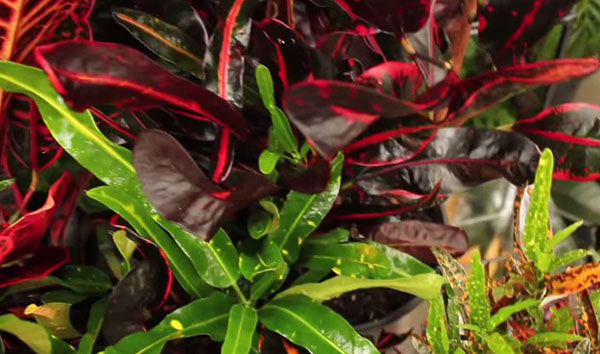When you know what to plant next to this or...
How to Take Care of Croton Setigerus
Not long ago I saw a croton at my friend’s. I liked it very much. It was neither big nor small, with the height of 50-60 cm with colored leaves, each graft having 5-6 curly leaves. I decided to buy a croton. A shop assistant recommended me to buy a croton setigerus.
The word setiger means"bearing bristles" . It refers to the plant's furry foliage. It is rare species which belongs to Euphorbiaceae family.
✔ We Released The Croton HandBook
CLICK HERE TO LEARN MORE >>
This broadleaf plant is native to North America and grows in dry, open locations. Its habitat is dry pastures, roadsides, vineyards, rangeland, orchards, various unmanaged sites.
The common names of croton setigerus Hook are doveweed and turkey mullein. It got such names because of its popularity with wild turkeys and doves. These birds find the fat-packed seeds extremely palatable. However, the leaves are toxic to animals.
Being ingested, the fibrous, indigestible hairs are likely to create blockages in the digestive track. Usually the problems arise when the hay livestock eat is contaminated.
Native Americans used this bluish-green squat plant for stupefying fish making them easy to catch. Another purpose it was used for was smoking it. By doing so one could treat sore throats and cough. You can find more information on calflora site. It contains data on wild California plants.
My croton's details: oblong-lanceolate leaves and moderately thick stalk. It needs to be noted that it’s not difficult to take care of my croton.
It is pretty picky about the temperature. It should not be below 17 C. Also, keep the croton away from draughts and extreme temperatures. Croton is a heat-loving plant (21-22 C) and its condition depends on temperature. If the temperature is too low, roots may rot. Frost can kill the cultivar.
Croton needs a well-lit area, but put it away from direct sunlight, because it may burn the leaves. Place the plant on the sunniest south-west windowsill in winter. Leaves lose their unique color when there is lack of coverage.
This plant also doesn’t grow really well in wet areas.










